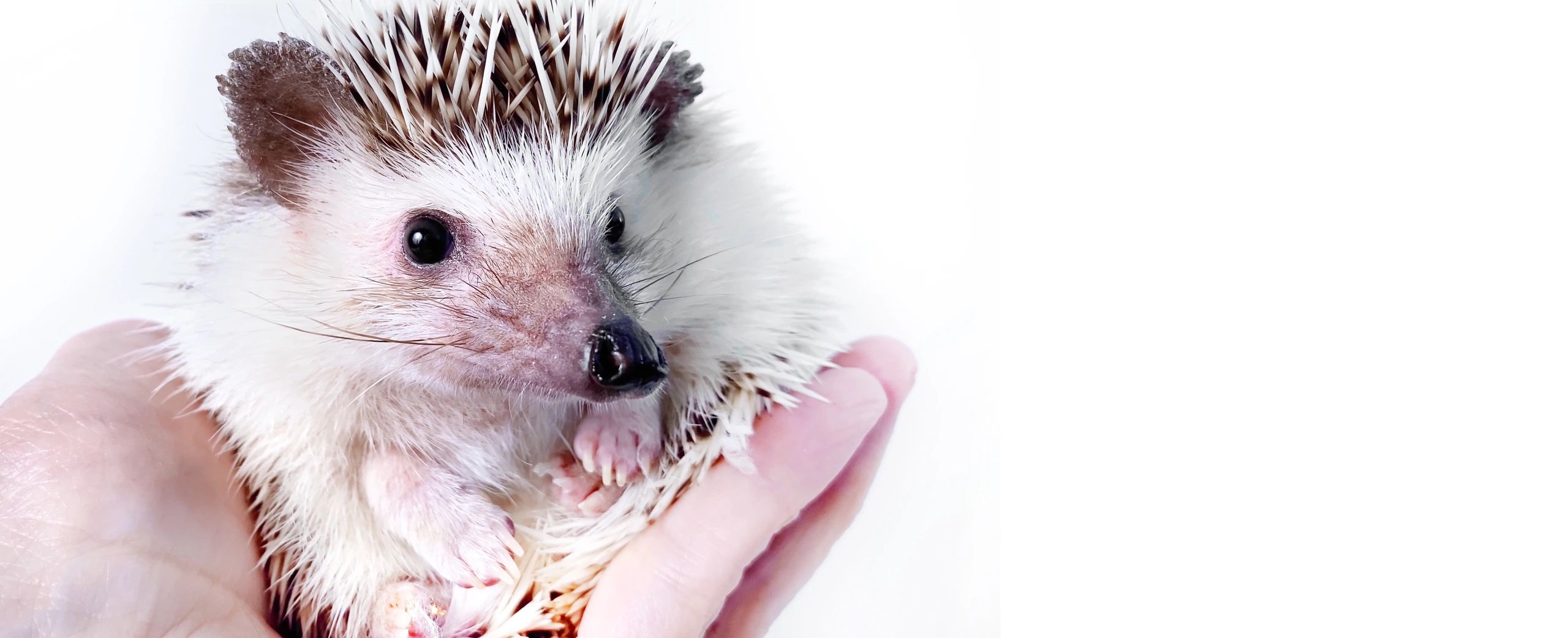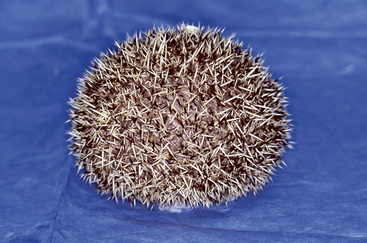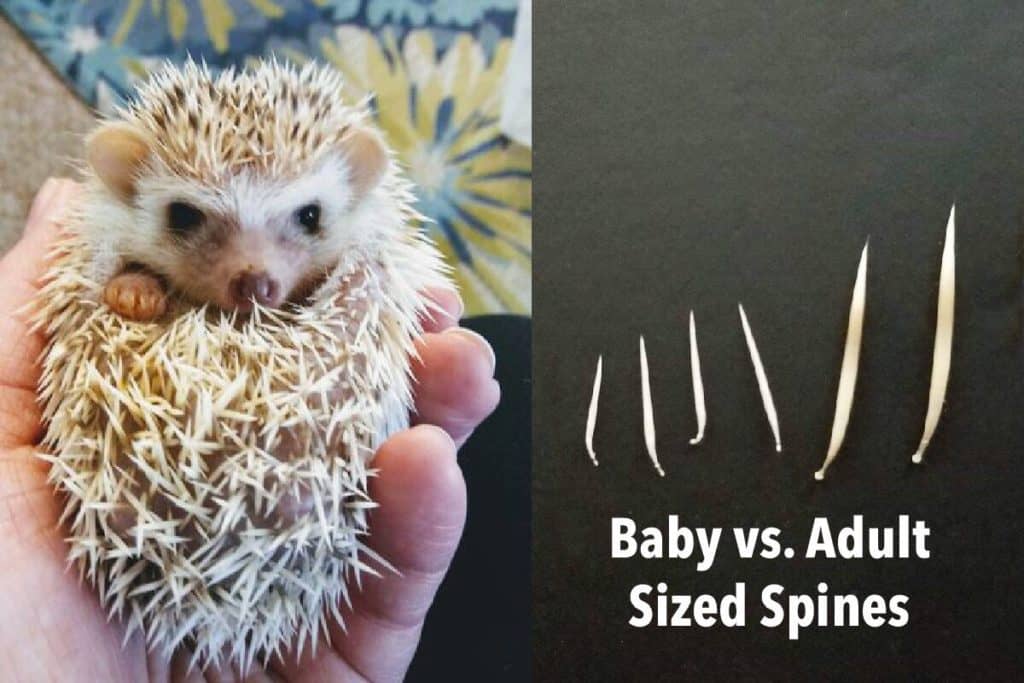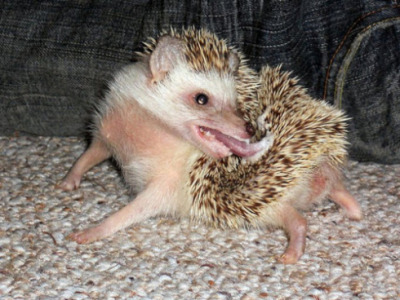
Hedgehog Behaviour and Wellness
Keeping Your Hedgehog Happy and Healthy
Behaviour
African Pygmy Hedgehog behaviour includes nocturnal activity, curiosity, occasional quilling, and the use of curling into a ball as a defence mechanism, reflecting their natural instincts and need for a secure environment
Understanding African Pygmy hedgehog behaviour
African Pygmy Hedgehogs (APH) are naturally nocturnal animals, meaning they are most active at night and should be left undisturbed during daylight hours to avoid stress or agitation.
🦔 Behavioural Signals
Hedgehogs communicate a surprising amount through body language and sounds:
- Balling up: A defensive response when frightened or uncomfortable.
- Spine raising: Usually accompanied by huffing; a sign of agitation or distress.
- Huffing, popping, sniffling: Common warning signs indicating the hedgehog feels threatened.
- Purring: A soft, rhythmic sound made by some content hedgehogs, similar to a cat’s purr.
- Exploratory behaviour: While some hedgehogs enjoy sitting quietly, others will actively explore their surroundings when comfortable.

🔄 Quilling Stages
Quilling is a natural part of development where baby hedgehogs shed old quills and grow new ones:
- 4 weeks: First baby quilling begins.
- 6 weeks: Secondary baby quill replacement.
- 9 weeks: Key developmental phase where adult coloration emerges, allowing for proper colour identification.
- 12 weeks: Final quilling phase as juveniles transition toward adult coats.
During quilling, hedgehogs may be more irritable due to discomfort.

🧴 Self-Anointing Behaviour
Hedgehogs engage in a unique ritual called self-anointing when they encounter a new taste or strong smell:
- They create frothy saliva, then contort their bodies to lick it onto their spines.
- While this may appear unusual, it is normal and believed to be instinctual.

⚠️ Signs of Distress or Illness
Monitor your hedgehog closely for the following abnormal behaviours or symptoms:
- Loss of appetite
- Lethargy or excessive sleep
- Limping or uncoordinated movement
- Weakness or shaking
- Retching or signs of nausea
Additionally, when scared, a hedgehog will raise its spines and contract its panniculus muscle—a specialized muscle that pulls the loose spiny skin tightly around the body to form a protective ball.